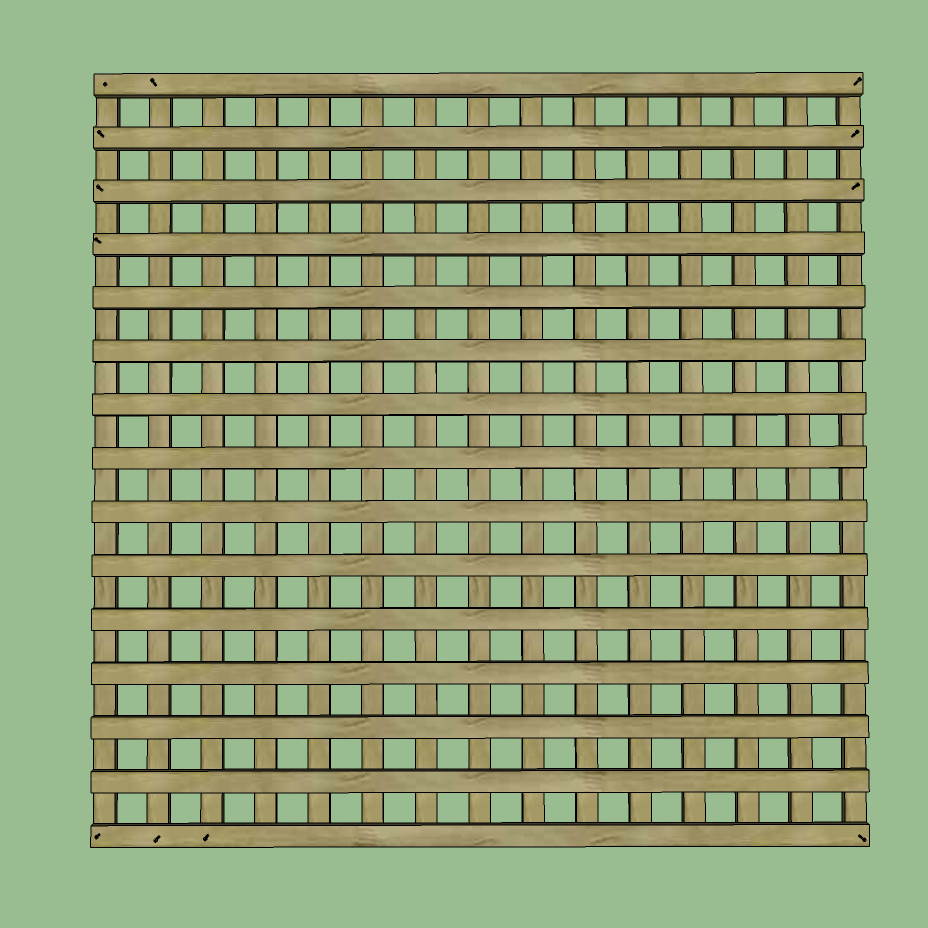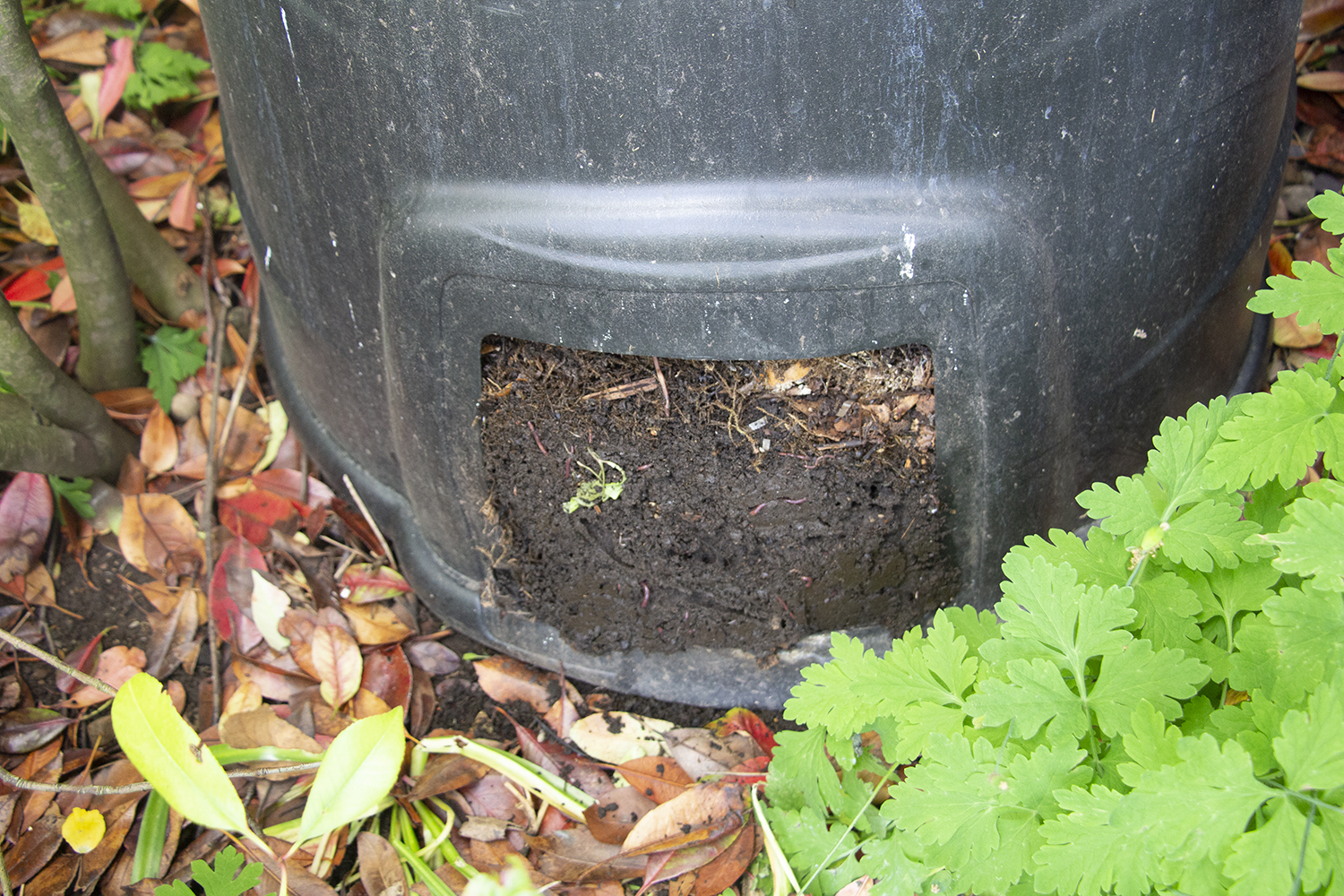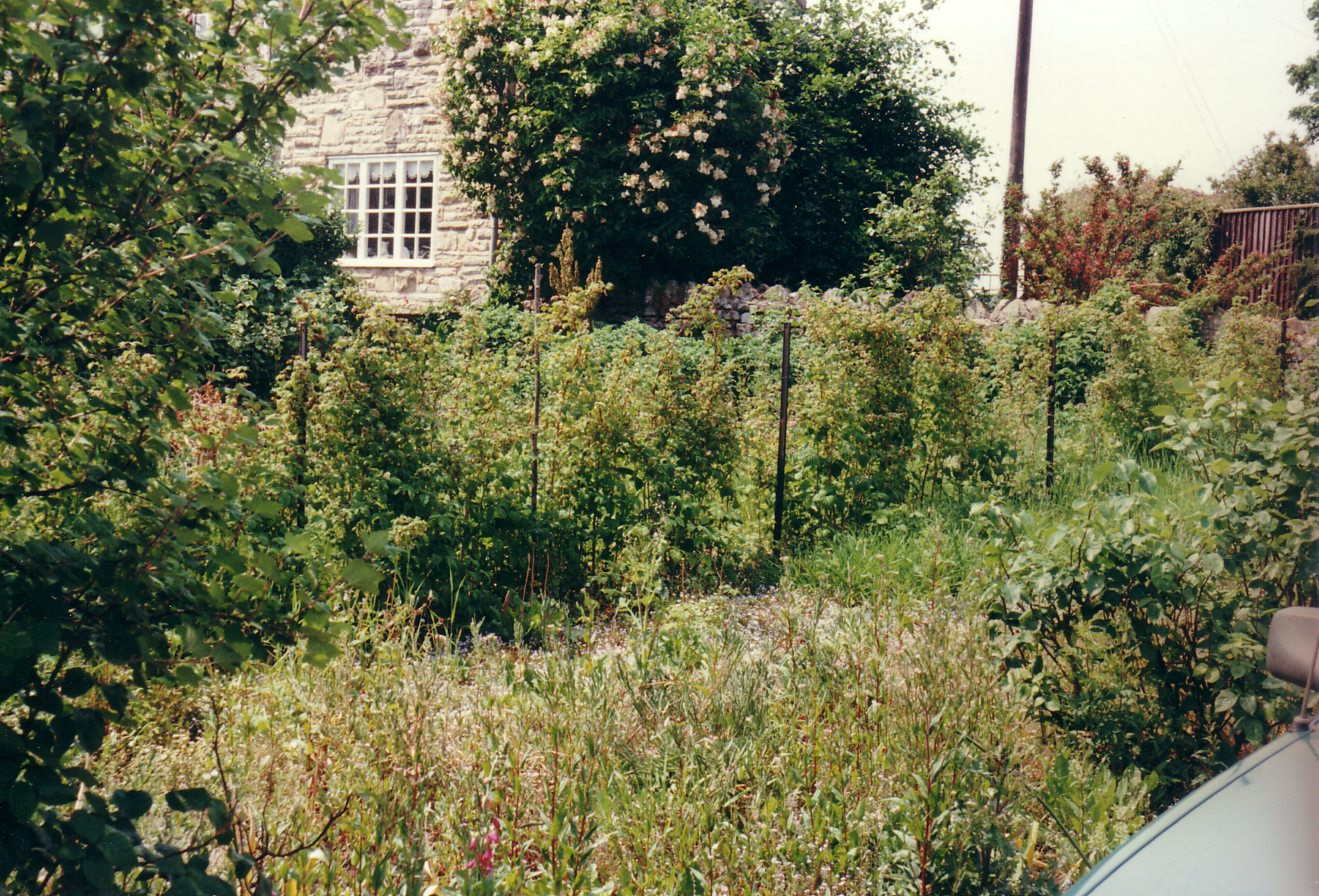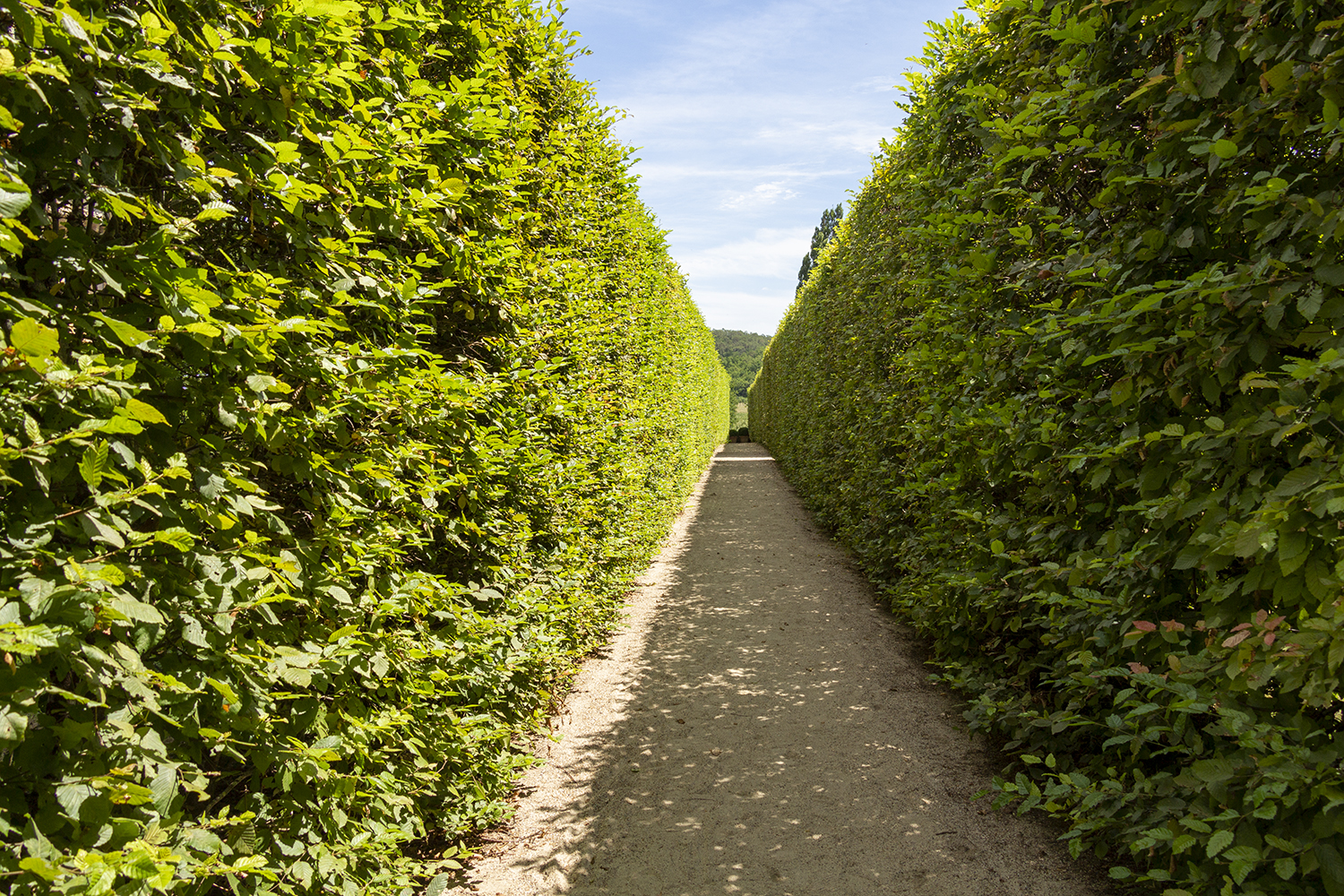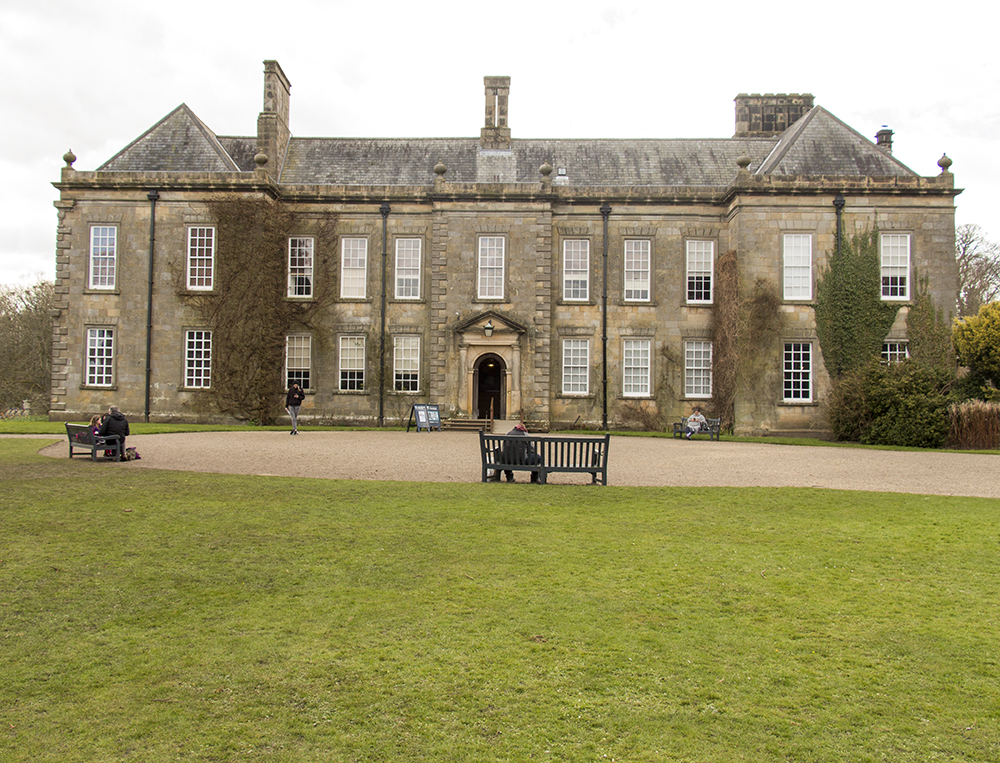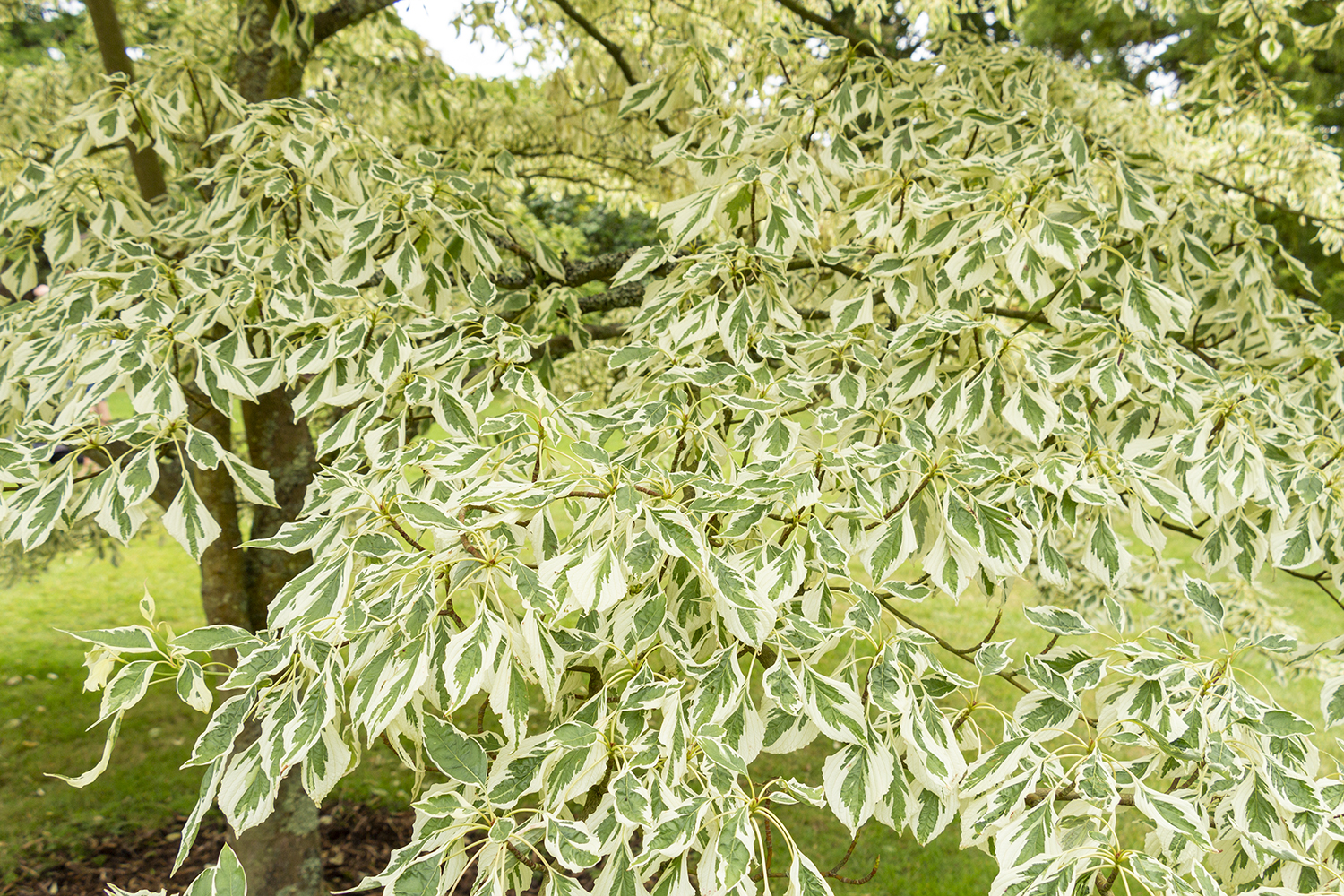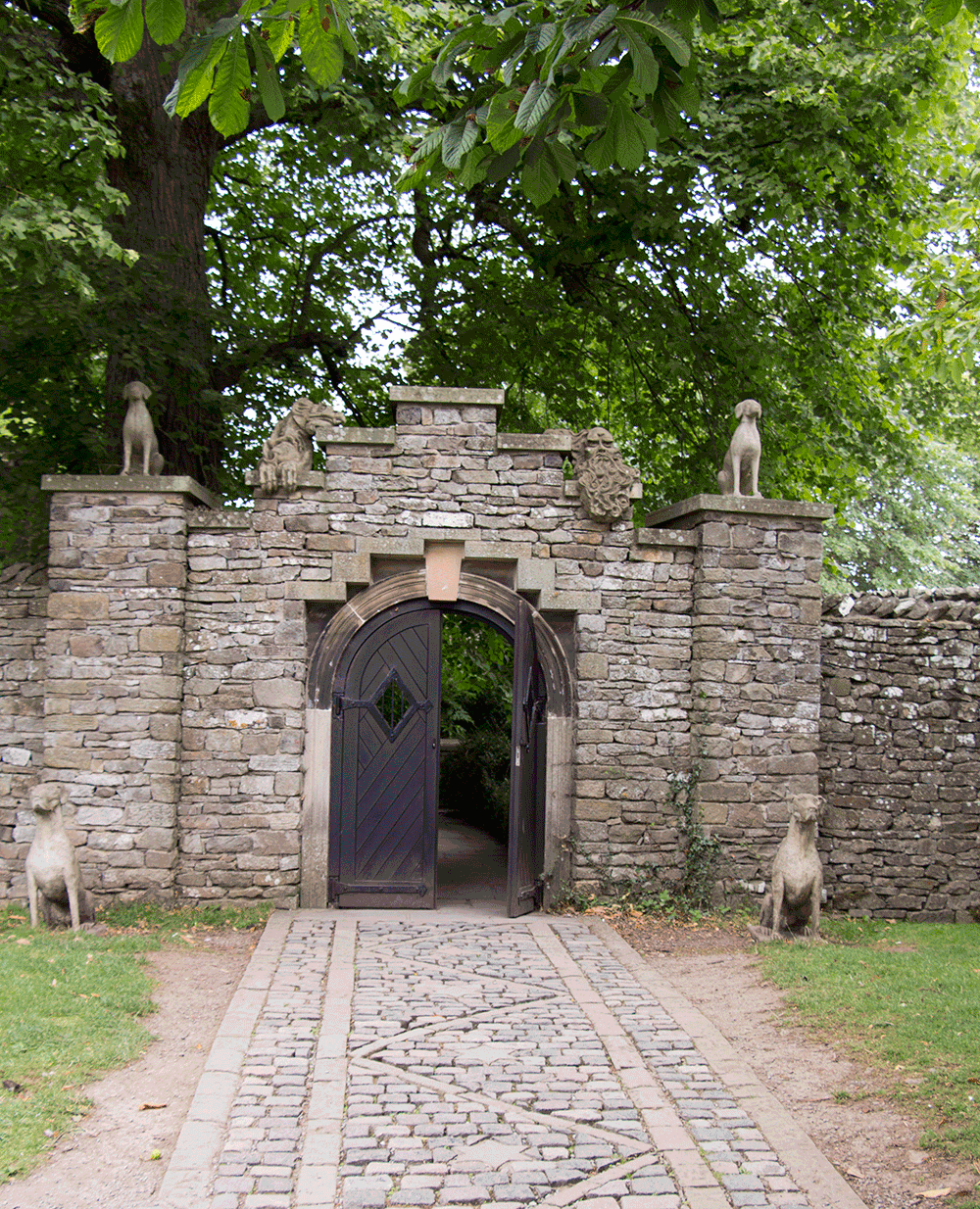-
How to make trellis

Trellis can be purchased ready made from garden centres and DIY stores but it is in a limited range of sizes, you only have one spacing for the lathes and it is often quite light weight. A far better way is to make it yourself from pressure treated timber and you can chose any sizes…
-
Making garden compost

All gardens produce some waste be it weeds, grass cuttings or dead flower heads and virtually all have soil which benefits from some additional organic matter. The local authority will take it away, often for a charge, or you can recycle your garden waste as compost and reduce the amount you have to buy. The…
-
Taking over an established garden

Most people when they buy a new house find they are taking over an existing garden and this will present certain challenges; you have, after all, bought their house not their tastes. It is therefore inevitable not everything in the garden you are going to like and/or want. It is reasonable to assume on first…
-
Establishing a garden hedge

Hedges have been an integral part of gardens since the earliest times and encompass a vast range of ideas. Their main purpose though is to divide up space; be it marking the boundaries of a garden or dividing up the area within them. Many people shy away from hedges on the grounds that they take…
-
How to build a free-standing timber pergola

Equipment: 100 mm by 100 mm notched posts (4 inches by 4 inches) 150 mm by 50 mm sawn and preservative treated timber (6 inches by 2 inches) 100 mm by 50 mm sawn and preservative treated timber (4 inches by 2 inches) String lines Timber pegs or steel pins 10 mm dowel or M10 coach bolts…
-
Wallington Hall

Though there has been some form of building on this site from the middle ages what is visible today is the result of work from the 18th century up to the late 20th century as the property passed through a convoluted chain of inheritance. The structure of the garden dates from 1728 when Sir Walter…
-
Cornus controversa

Best known in gardens in the form of Cornus controversa ‘Variegata’ this plant has had a convoluted history. The species C. controversa Heml. was first “discovered” in cultivation. In January of 1909 an article was published in Curtis’s Botanical Magazine which discussed the naming of Cornus macrophylla and the authors noted that there appeared to…
-
Notching the top of a post to take a 150mm horizontal beam

Equipment: Summary: To work safely and well you need the post on a stable and strong support at a comfortable height to work at. If you don’t have any sawhorses most DIY stores sell foldable ones. You may also find it helpful to clamp the post to the sawhorses to make it more stable. If…
-
The Forbidden Corner

This started simply enough when two friends decided that it would be nice to have somewhere to sit and enjoy the view down Coverdale. That was in 1989 and they are still building! The Forbidden Corner was never conceived as a public garden or visitor centre, it was and largely still is a private folly…


